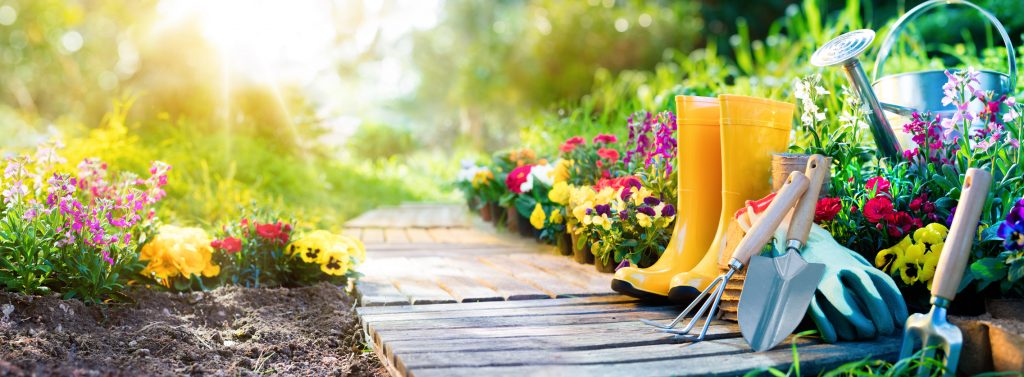Gardening 101: 5 Essential Tips for Beginners

Being successful at gardening depends on the factors at hand. Things like planting the right stuff in the right region, planting in the right spot in the garden, the right soil and so on. Even if you don’t have a “green thumb” you can totally garden. Most people who think they can’t garden merely don’t have the right information. And if you’re just starting out (welcome to Gardening 101!), you’ve come to the right place. We have some essential information to make your garden a success.
1. Gardening 101: Plant Regional Plants
If you’re looking for an easy start, buy plants that thrive in your environment. If you live in the desert, don’t start out with plants that thrive in a tropical rainforest. There are 9 terrestrial biomes in the world. And each one contains a unique set of vegetation.
Research what biome you live in and choose plants that thrive there. If you are still unsure what plants grow in your region, ask at your local garden shop. They’ll be able to answer you questions on regional plants.
2. Untangle Root Bound Plants
If you buy a plant at the store and it’s potted, check the root system before you put it in the ground. When plants grow in pots their roots eventually run out of room to grow. At this point, they curl in on themselves and interlock. These roots will prevent water from reaching any inner roots and you’ll soon see the plant wilting.
If you can’t untangle these roots with your fingers, make cuts at a vertical slant along the root ball. This will give water the access it needs to nourish your plant.
3. Get a Rain Gauge
Plants need water. Duh, right? That’s like pre-gardening 101. But how much water a plant needs depends on the plant. For example, an orchid only needs two tablespoons of water every 5-7 days depending on the humidity. But a daisy needs 1-2 inches every week. Get a rain gauge to tell how much water your plants are getting outside of regular watering. And check it after every rainfall. If you have a hard time reading your rain gauge, you can always add some food coloring to the bottom of the gauge.
4. Schedule Your Gardening
Knowing when to plant and when to trim and when to fertilize can make or break your gardening career. So, do your research (there’s always homework in Gardening 101!) and find out when the best time to plant is in your region. And then make a calendar.
If you want to be successful at gardening, you will need to stay on task. If you let your garden slide, it will turn into a weedy or brown mess.
5. Use the Right Soil
First, test your soil. You can usually take a soil sample to your local nursery and get it tested. Depending on how alkaline your soil is you might have to add different soil or different ingredients. Tilling some compost or fertilizer into your soil could give your plants an added boost.
Conclusion: Gardening Is Easy
Once you have the right knowledge and the right tools, gardening is a cinch. If you’re looking for the best gardening tool around, check out our tools.
